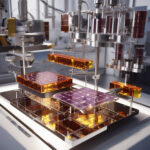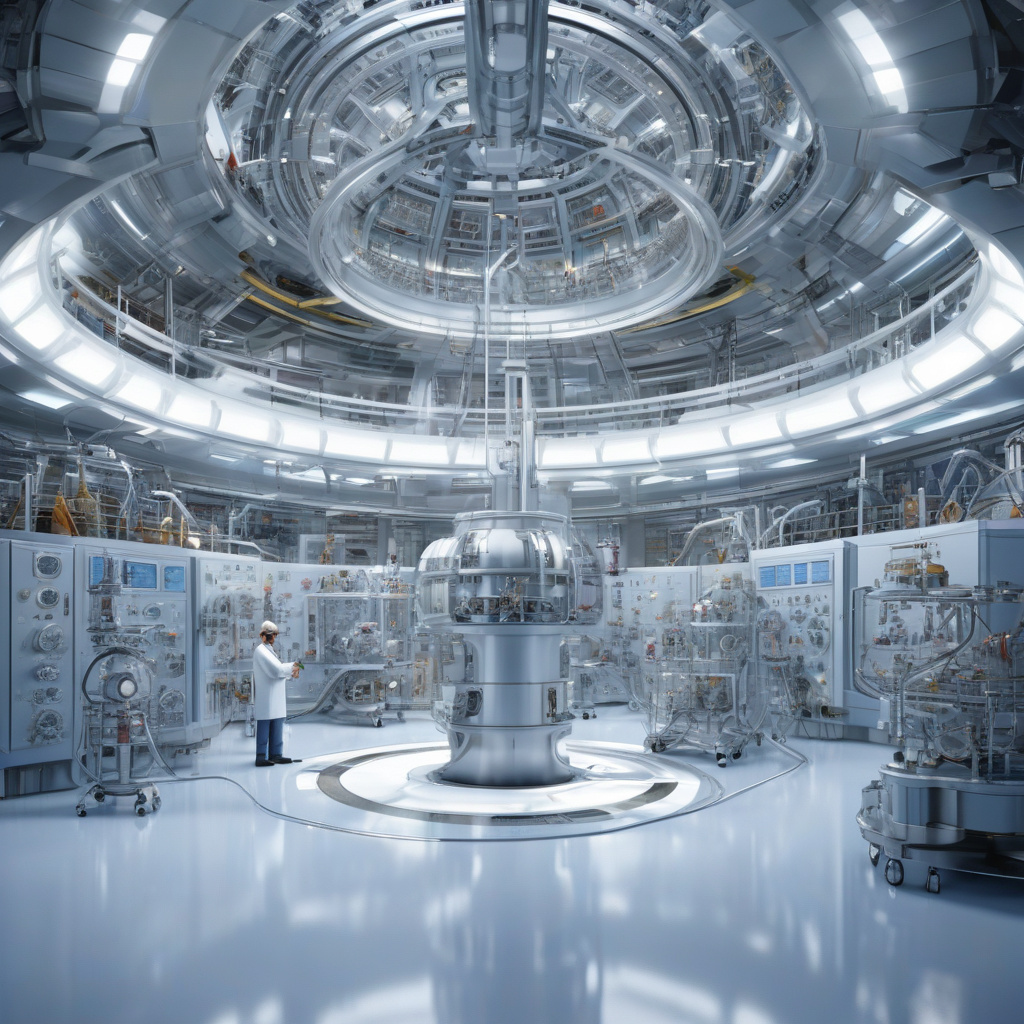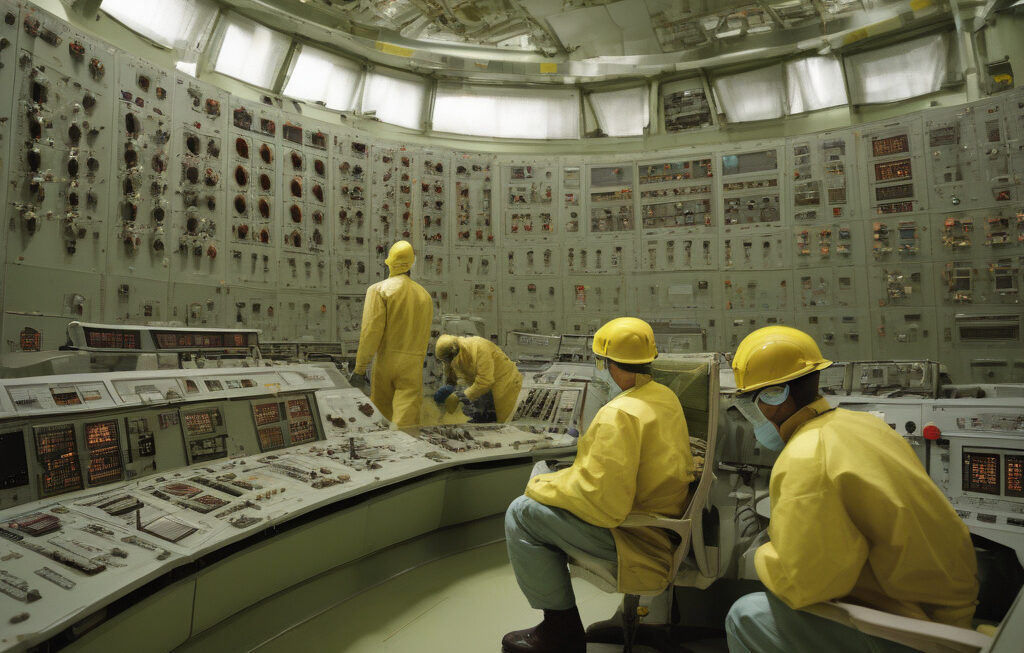US Nuclear Researchers Develop Advanced Model to Prevent Plasma Disruptions in Tokamaks
Scientists at the Massachusetts Institute of Technology (MIT) have developed a new method to predict and prevent plasma disruptions in tokamak fusion devices. This breakthrough, led by a team at MIT’s Plasma Science and Fusion Center, could significantly advance the field of nuclear fusion research and bring us closer to achieving sustainable, clean energy production.
Plasma disruptions are a major challenge in the development of fusion energy. When the hot, electrically charged gas particles in a tokamak become unstable, it can lead to sudden and complete loss of confinement, potentially damaging the device and impeding progress towards practical fusion power.
The model created by the MIT researchers uses machine learning techniques to analyze vast amounts of experimental data and theoretical simulations. By identifying subtle precursors to disruptions, the model can provide advanced warning and enable operators to take preventive measures, such as adjusting magnetic fields or injecting additional particles, to stabilize the plasma and avoid disruptions.
One of the key advantages of this new model is its ability to adapt and improve over time. As more data is collected and more experiments are conducted, the machine learning algorithm can continuously refine its predictions, increasing its accuracy and effectiveness in preventing disruptions.
This development comes at a crucial time for the field of nuclear fusion research. With the global push for sustainable energy sources and the increasing need to reduce greenhouse gas emissions, fusion energy has emerged as a promising solution. Unlike traditional nuclear fission reactors, fusion reactors produce clean energy without generating long-lived radioactive waste or posing the risk of meltdowns.
Several countries, including the United States, China, and members of the European Union, have invested heavily in fusion research and are racing to be the first to achieve a commercially viable fusion power plant. The advancements made by the MIT team could give the US a competitive edge in this international effort and accelerate the timeline for realizing practical fusion energy.
In addition to its implications for the future of energy production, the MIT model also has broader applications in plasma physics and other fields that involve complex, nonlinear systems. The ability to predict and control disruptions in tokamaks could lead to advancements in materials science, space propulsion, and even medicine, where plasma technologies are used in various treatments.
As we look towards a future powered by sustainable and clean energy sources, the work of the MIT researchers stands out as a testament to human ingenuity and perseverance. By harnessing the power of artificial intelligence and machine learning, we are unlocking new possibilities in the field of nuclear fusion and moving closer to a world where fusion energy is not just a dream, but a reality.
US, Nuclear Researchers, MIT, Plasma Disruptions, Tokamaks












